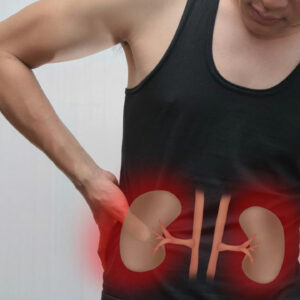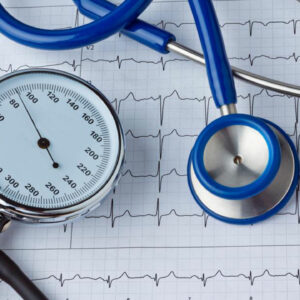
01
Kidney Failure – Causes and Symptoms
Kidneys are the filtering units of the human body. They filter the blood and expel the toxins which are flushed out of the body during urination. At times kidneys fail to perform their function. They become incapable to filer the waste from the blood. The kidney health deteriorates along with several other factors. Kidney trauma, chronic disease medications, and pollutants can aggravate the problem and cause complete kidney failure. This results in the overloading of toxins in the body. Kidney failure is life-threatening if it isn’t treated the right way. Kidney failure symptoms There are different symptoms of kidney failure. In the beginning, the kidney failure symptoms can’t be traced. As the kidneys weaken, symptoms such as reduced RBC production, imbalance of electrolytes, and uneasy waste clearance from the body arise. Some of the main kidney failure symptoms are: Lethargy, fatigue, and weakness Regular nausea and drowsiness Urine reduction Short breath Inflammation in ankles, feet, and legs caused by fluid retention Pain in chest Confusion Less appetite Congestive heart failure Metabolic acidosis High potassium levels in blood (hyperkalemia) High uric levels in the blood Irregular heartbeat rhythm Coma Causes of kidney failure Acute and chronic health problems result in the failure of the kidney. Some of the likely causes are: Acute renal failure: It occurs in quick successions when kidneys fail to function properly. Every human has two kidneys. If one kidney fails it can be operated and removed from the body. Single kidney continues to function normally. However, if both the kidneys fail, transplantation of kidney is the only viable solution. Pre-renal kidney failure: The pre-renal kidney failure is caused by the inefficient blood supply to the kidney. The pre-renal kidney failure symptoms are dehydration, fever, low blood volumes (hypovolemia), sweating, water loss and improper blood flow. Sepsis: Infections in the body affect the immune system.
Read More 










